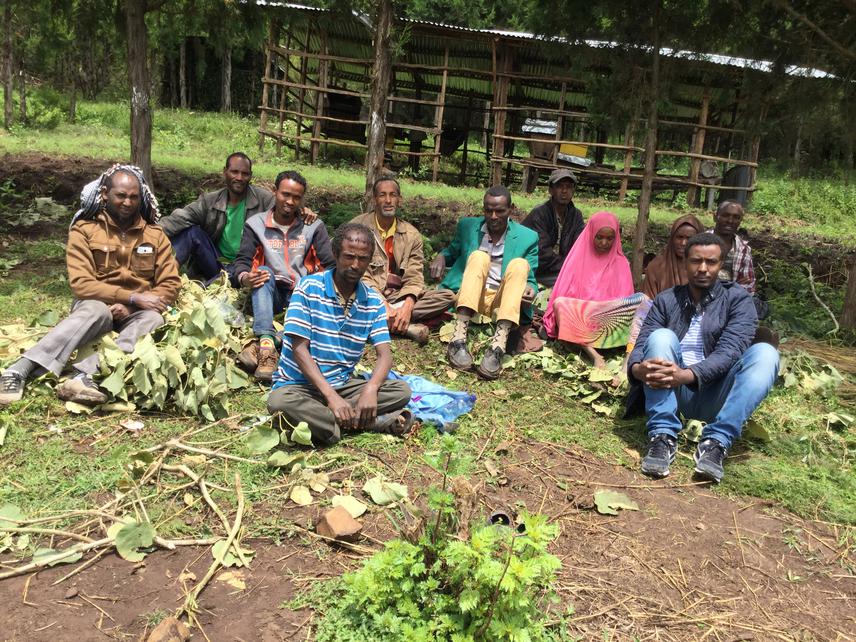Goytom Abraha Kahsay
The project aims to investigate alternative forms of governance and monitoring interventions among forest user groups in Ethiopia using a randomized control trial.

Forest ecosystems serve as global repositories of carbon and biodiversity; play a key role on a regional scale by contributing to soil and water conservation; and remain a critical resource base for food, building materials and medicines, particularly among the poor, in many developing countries. In recent decades, forest resource is under increasing pressure owing to widespread deforestation and environmental degradation (Allen and Barnes, 1985; Barrett et al., 2011). In an effort to reverse this trend, the quest for forest conservation and restoration features high on the development agenda of many governments. In Ethiopia, forest cover has declined from 40% at the end of the 19th century to 4% in recent years (Dessie & Christiansson, 2008). Poorly defined forest property rights and insecurity of tenure are believed to be the main causes of widespread forest degradation and deforestation in Ethiopia. The Ethiopian government, in collaboration with a number of non-governmental organizations, has been piloting Participatory Forest Management (PFM) since the mid-1990s with aim of achieving a sustainable forest management. Under this program, Forest User Groups (FUGs) were established and given exclusive rights over a clearly demarcated forest block. Group members are allowed to use forest products for consumption and sale. In return, they are expected to utilize the forest in a sustainable way and pay annual rent. However, neither its impact nor the channels through which the program may improve forest and welfare outcomes have been studied rigorously so far. Previous studies that evaluate the pilot PFM interventions in Ethiopia appear to indicate mixed economic and forest outcomes (Gelo and Koch, 2012; Ameha et al., 2014b; Ameha et al., 2016) and these outcomes are affected by the share of conditional co-operators (Rustagi et al., 2010) and type of leaders (Kosfeld and Rustagi, 2015) of the FUGs. This project uses an already established infrastructure and investigates alternative monitoring and governance interventions in Oromia region using a randomized field experiment.
The outcome of the project is expected to contribute to policy design and rigorous evidence on nature conservation programs and community-based interventions. It will help the national and regional governments of Ethiopia to make evidence-based decisions on whether to upscale the program or amend its design. The project will also present relevant information to sharpen the targets and approaches of other major efforts that are trying to reverse current trends in deforestation, land degradation and the associated biodiversity loss in Ethiopia.